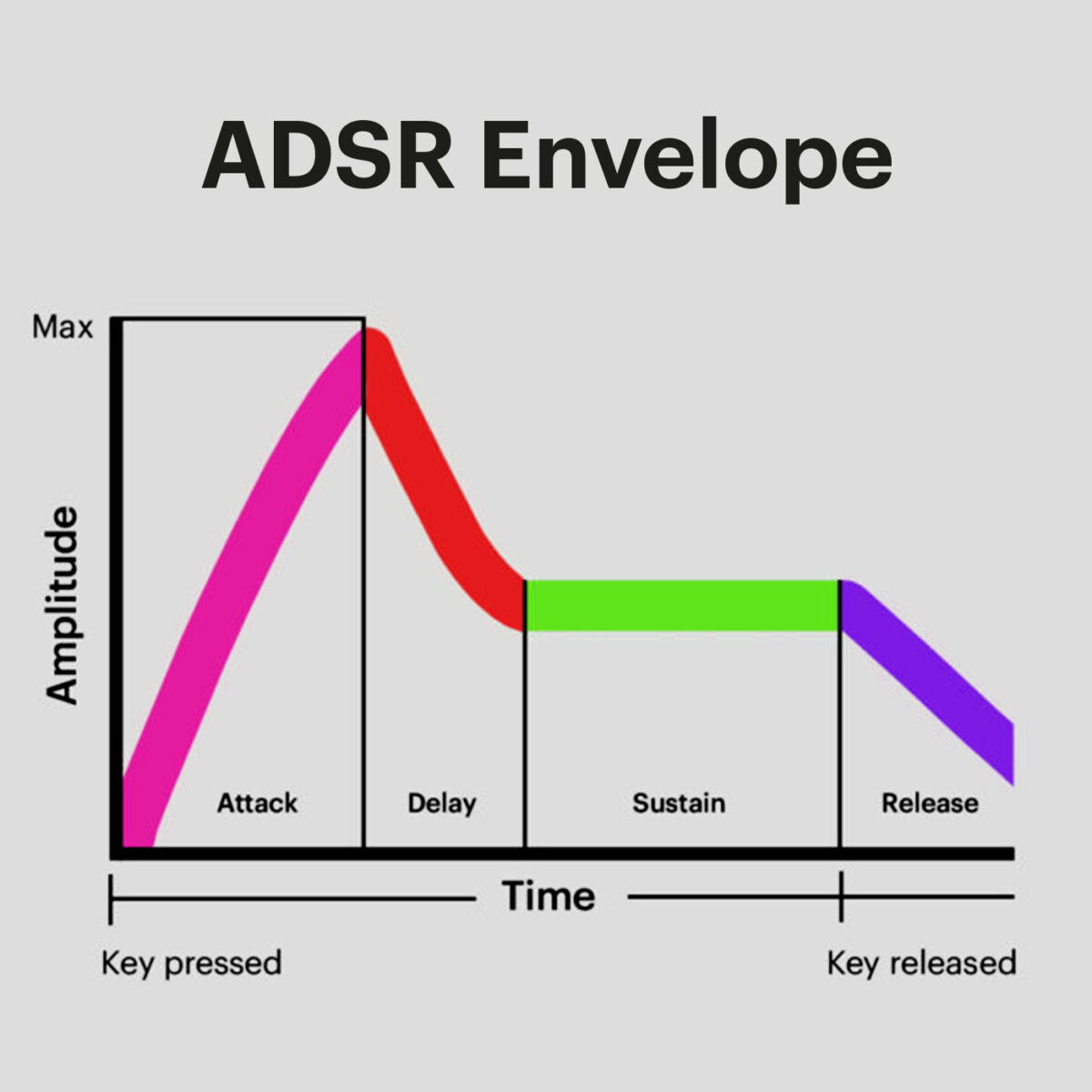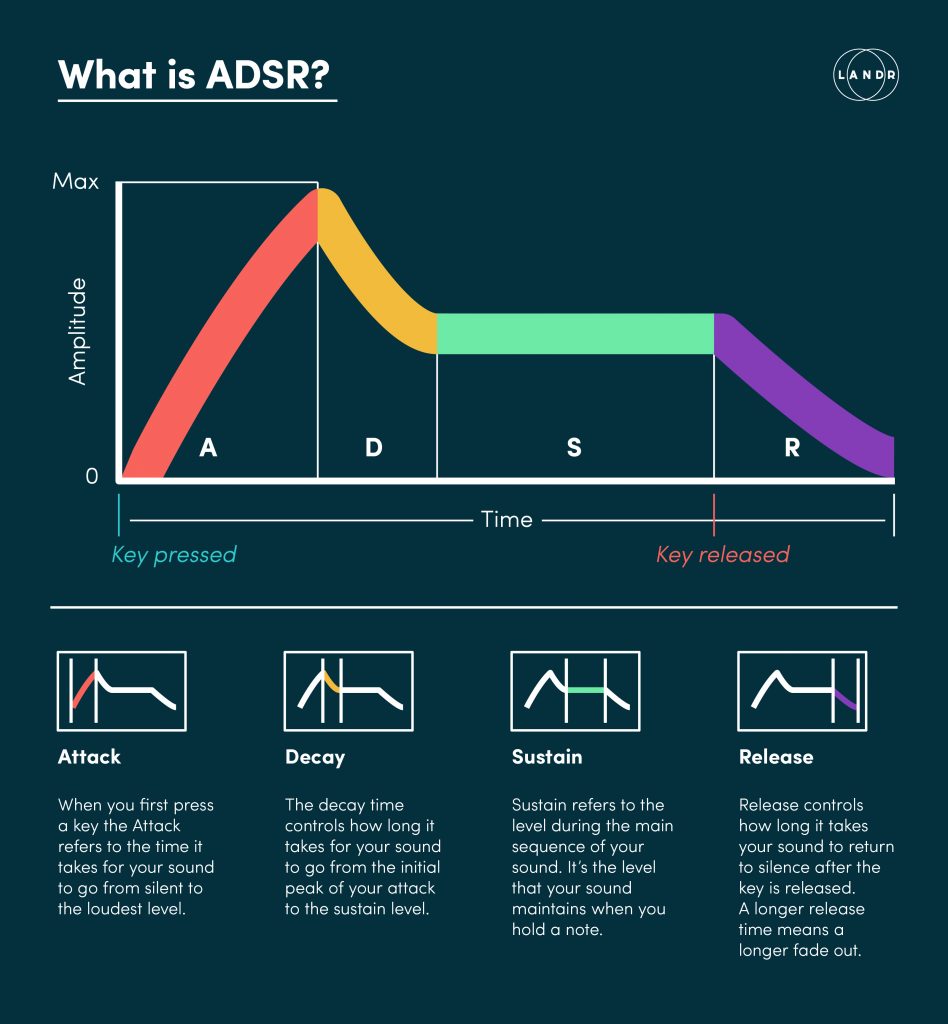To use the ADSR envelope, set the attack time, decay time, sustain level, and release time for your audio signal. This will control the volume of your sound over time.
The ADSR envelope is a fundamental tool used in sound synthesis. It stands for Attack, Decay, Sustain, and Release and is used to shape the amplitude of an audio signal over time. By adjusting the parameters of the envelope, you can create a range of sounds, from sharp staccato notes to long sustained tones.
The attack time sets how long it takes for the sound to reach its maximum volume, the decay time controls how long it takes for the sound to decrease in volume, and the sustain level sets the volume at which the sound will remain as long as the key is held down. Finally, the release time sets how long it takes for the sound to fade out after the key is released. By understanding how to use the ADSR envelope, you can enhance your sound design skills and create unique and powerful sounds.

Credit: blog.native-instruments.com

Credit: skytracks.io
Frequently Asked Questions Of How To Use The Adsr Envelope
How Do You Use An Adsr Envelope?
An ADSR envelope is used to control and shape sound in music production. It stands for Attack, Decay, Sustain, and Release. The Attack controls how quickly the sound reaches its peak level, Decay sets how long it takes to reach the Sustain level, Sustain is the level at which the sound is sustained and Release controls how long it takes for the sound to fade away after the key is released.
How Does The Adsr Work?
ADSR stands for Attack, Decay, Sustain, and Release. It is a tool used in sound synthesis to control the volume envelope of an oscillator. The Attack sets how quickly the sound reaches its maximum volume, Decay adjusts how quickly the sound decreases to the Sustain level, and Release determines how quickly the sound fades out after the key has been released.
What Does It Mean To Have The Adsr Envelope Gated?
Gating the ADSR envelope means using a gate signal to control when the envelope is triggered. The gate signal determines when the attack, decay, sustain, and release stages of the envelope will be applied to the sound.
What Does Envelope Do On A Synth?
An envelope on a synth controls aspects of a sound’s volume over time, such as attack, decay, sustain, and release. It dictates how quickly or slowly a sound will rise or fall in volume, and how long it will sustain before fading away.
Conclusion
The ADSR envelope is an essential tool for shaping the sound of your music. The Attack, Decay, Sustain, and Release stages all contribute to the overall dynamic of a sound. Experiment with different settings to achieve the desired result, and don’t be afraid to get creative.
By mastering the ADSR envelope, you can take your music production to the next level.